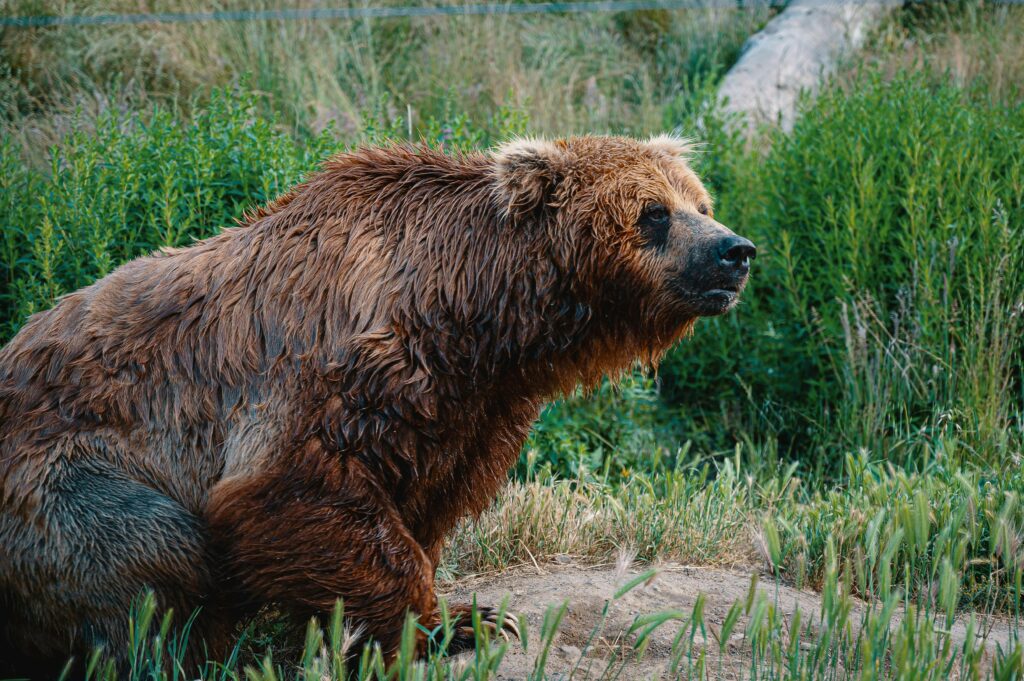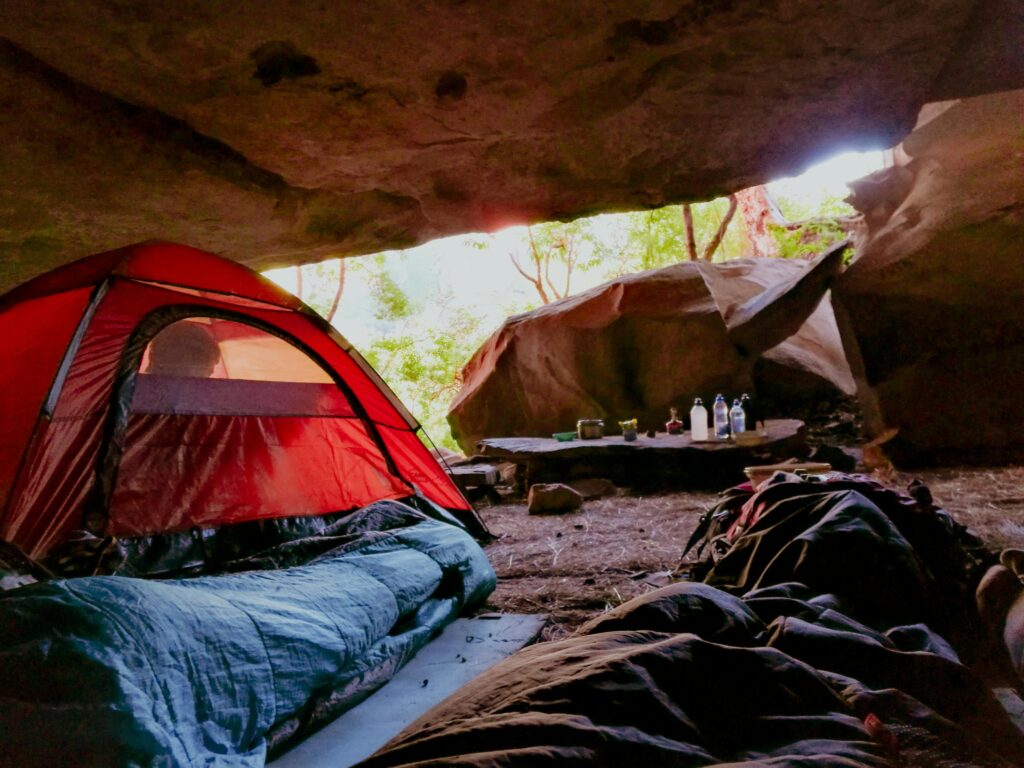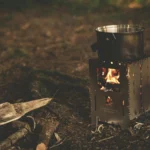Learn all the essential tips to stay safe in the outdoors! Measures to protect yourself from wildlife, high-altitude sickness, getting lost, and other risks. Make sure to read this guide before your next adventure!
Introduction: What You Need to Know About Outdoor Safety
Spending time outdoors refreshes our spirits and gives us a sense of freedom. However, the great outdoors also presents various risks that can threaten our safety. Whether you’re camping, hiking, or simply enjoying time in nature, being aware and prepared is crucial for ensuring your safety. In this guide, we’ll walk you through the major risks you may encounter outdoors and the precautions you should take to stay safe.
If you love outdoor adventures and want to enhance your safety, you’re in the right place. Here’s everything you need to know to stay safe in nature!
1. Major Risks in the Outdoors
There are several safety threats that exist when spending time in nature. Understanding these risks and taking preventive measures can help you stay healthy and safe. Below are the most common outdoor risks:
a) Wildlife
Wildlife encounters are one of the most common risks in the outdoors. Bears, wolves, wild boars, and other animals may be attracted to your campsite by food odors.
Precaution:
- Store food in animal-proof containers or hang it at a height that wildlife can’t reach.
- Remain calm and avoid approaching wild animals.
- Avoid going outside at night, as wildlife is more active during this time.

b) Weather Conditions and Storms
Weather conditions can pose a serious risk in nature. Especially at higher altitudes, weather can change rapidly, leading to dangerous situations.
Precaution:
- Always check the weather forecast before your trip.
- Wear waterproof and windproof clothing to stay dry and warm.
- If you’re heading to high altitudes, bring extra gear and clothes suitable for cold weather.
c) High-Altitude Sickness
High-altitude sickness, or acute mountain sickness, occurs when hiking or trekking at high altitudes. Symptoms include headaches, nausea, and fatigue.
Precaution:
- Gradually ascend to higher altitudes to allow your body time to adjust.
- Stay hydrated and eat nutritious food.
- If you notice symptoms of high-altitude sickness, descend to a lower altitude and seek medical help if necessary.
d) Getting Lost
Getting lost in nature is a real risk. Misreading maps, straying off the path, or losing your bearings can be dangerous.
Precaution:
- Always use a map, compass, or GPS to stay on track.
- Pay attention to your surroundings and avoid deviating from your path.
- Inform a friend or family member about your route and expected return time.
e) Injuries and Falls
Injuries like cuts, sprains, and falls are common when walking on rocky terrain, forest trails, or hiking paths.
Precaution:
- Carry a first-aid kit with essential items like bandages, antiseptic, and pain relievers.
- Wear proper hiking shoes with good grip to avoid slipping.
- Walk carefully on uneven terrain and rocky surfaces.
2. Precautions for Outdoor Safety
Taking the right precautions can help mitigate risks and ensure a safe outdoor experience. Below are some essential safety tips for outdoor activities:
a) Be Prepared
The key to outdoor safety is preparation. Research the area you’ll be visiting, understand the weather conditions, and know the difficulty level of your chosen route.
Precaution:
- Review maps and weather forecasts for the area you’ll be exploring.
- Research the campsite or hiking trail beforehand.
- Make sure you have all the necessary gear and spare supplies.

b) Food and Water Supply
Food and water may not always be easily available outdoors, so it’s important to plan accordingly. Additionally, natural water sources may not be safe to drink.
Precaution:
- Bring enough water and non-perishable food with you.
- If you need to drink from natural water sources, purify it by boiling or using water purification tablets.
c) First Aid Knowledge
In the event of an injury, being able to administer first aid can be lifesaving. Having basic first aid knowledge is essential for outdoor safety.
Precaution:
- Take a basic first aid course before heading outdoors.
- Pack essential first aid items like bandages, antiseptic, painkillers, and gauze.
- Be cautious of injuries, especially when trekking or walking on uneven ground.
d) Communication and Emergency Plan
Communication can be difficult in remote areas. Having an emergency plan and reliable means of communication is crucial for safety.
Precaution:
- Share your itinerary and estimated return time with a friend or family member.
- Carry a GPS device or mobile phone with offline maps.
- Set up an emergency signal to communicate distress if necessary.
e) Equipment Selection and Maintenance
Using the right equipment for outdoor activities is vital for your safety. Ensure that your gear is durable and appropriate for the conditions.
Precaution:
- Choose equipment that suits the activity you’re doing (camping, hiking, climbing, etc.).
- Regularly check and maintain your gear, including your tent, sleeping bag, shoes, and tools.

Conclusion: Be Prepared for Outdoor Safety
Spending time in nature is one of life’s greatest joys, but it also comes with risks. Wildlife encounters, harsh weather, getting lost, and injuries are all potential threats. However, by taking proper precautions and being well-prepared, you can minimize these risks and enjoy your outdoor adventures safely.
The more prepared you are, the more enjoyable and secure your time in nature will be. Stay prepared, stay safe, and enjoy the freedom that the outdoors offers!


